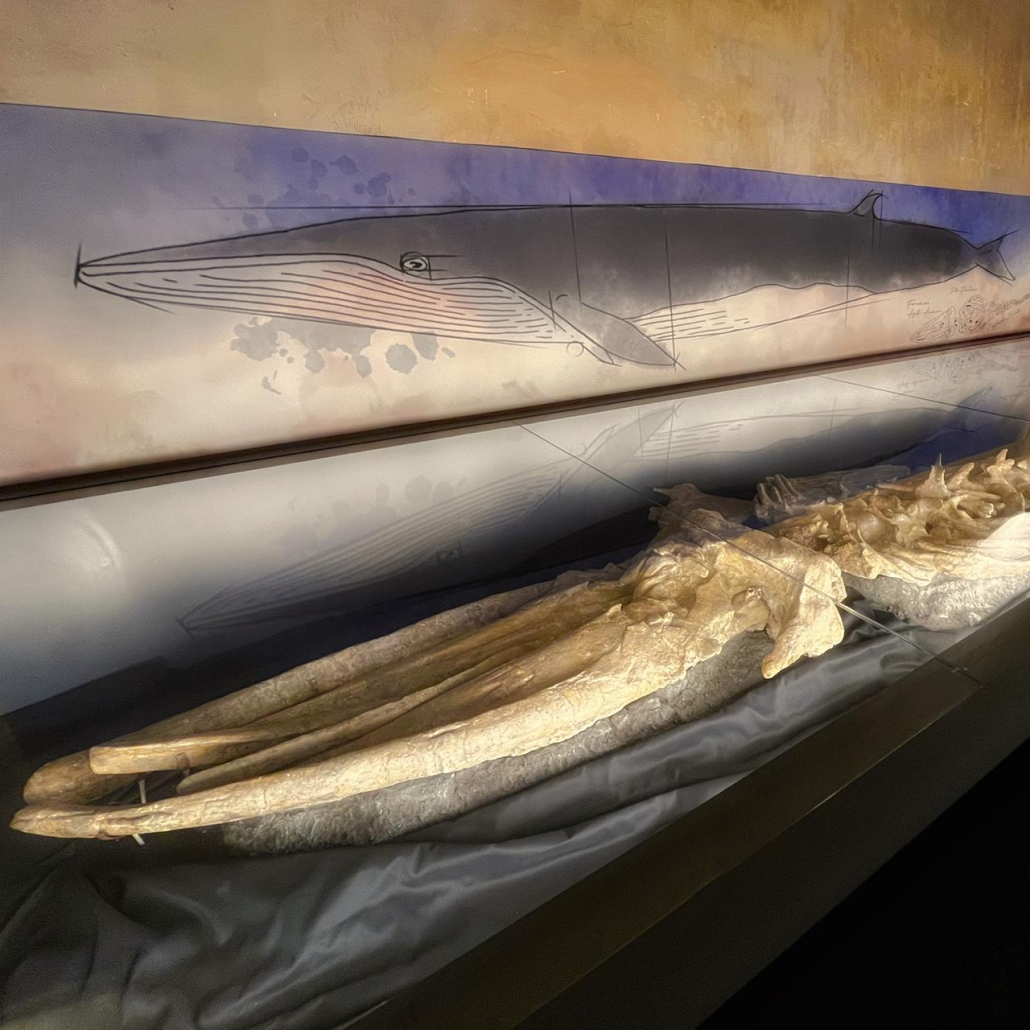THE PALAEONTOLOGICAL TREASURE OF WESTERN EMILIA
1. The dolphin preyed upon by a shark.
In 1895, the remains of a Pliocene Hemisyntrachelus cortesii dolphin were found in Rio Stramonte.
The skeleton is incomplete but shows clear signs of the cause of death.
It was attacked by a great white shark (Carcharodon carcharias).
The bones show bites and striations typical of the serrated teeth of the great white shark.
Professor Cigala Fulgosi recognised the predation by analysing the ribs and vertebrae.
2. The whale of the ancient sea
Around 1875, near Castell’Arquato, a large, almost complete fossil skeleton of an ancient whale was found.
The find, approximately 8 metres long, was acquired by the University of Parma thanks to Pellegrino Strobel.
It has been identified as Cetotherium capellinii, discovered by Brandt in 1873.
The fossil is well preserved and has characteristics that may require scientific review.
It was a whale similar to today’s mysticetes, with baleen plates.
3. Continental mammals of the Pleistocene
The fossils belong to Hippopotamus major, Mammuthus primigenius and Bison priscus.
They come from various locations in the Parma and Piacenza areas and are not contemporary.
The finds include a jawbone, a tusk and a skull.
They date back to the Pleistocene and Holocene epochs.
They bear witness to the rich fauna of large mammals that populated the continental plain.
4. Fossils from the Po River floods
During floods, the River Po erodes deposits and brings ancient bone remains to light.
These are fossils of large mammals from the Upper Quaternary period.
They come from various points along the riverbed.
They bear witness to fauna from warm, cold and temperate periods.
They are valuable palaeoclimatic indicators



